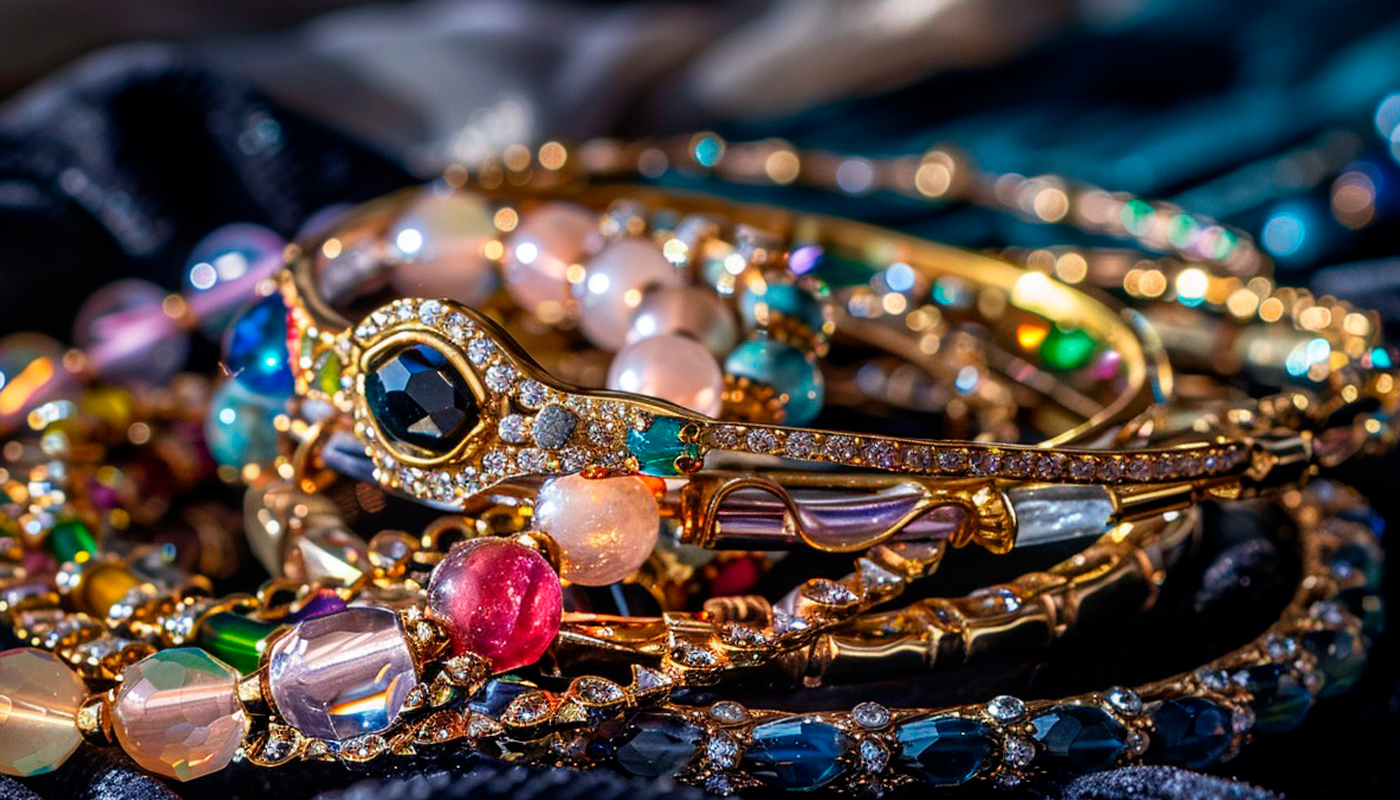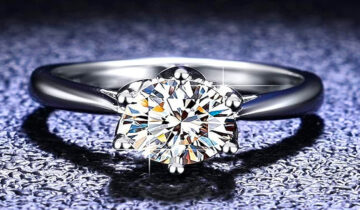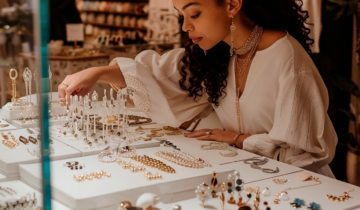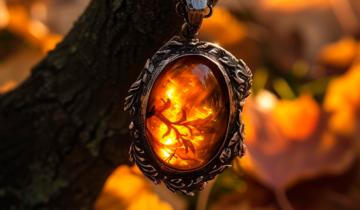Jewelry has been a part of humanity since ancient times, serving as much more than mere adornments. From the dawn of history, people have used jewelry to express identity, symbolize power, and take part in spiritual rituals. At Noom Jewelry, we are inspired by this rich heritage and want to take you on a journey through time to discover the fascinating origins of jewelry.
The First Jewelry: The Power of Nature
The earliest evidence of jewelry use dates back more than 100,000 years, when prehistoric humans began using shells, bones, animal teeth, and stones to create adornments. These pieces not only served to beautify but also symbolized status and protection. In many ancient cultures, wearing a piece of nature, such as an animal tooth or shell, was believed to grant strength or good fortune to the wearer.
Egypt: The Birth of Luxury Jewelry
Ancient Egypt was one of the first empires to elevate jewelry to a level of sophistication. Jewelry not only had aesthetic value but also spiritual significance. Pharaohs and the Egyptian elite wore gold, precious stones, and vibrant enamel as symbols of power and divine protection. Gold, considered the flesh of the gods, was used in crowns, bracelets, and necklaces, all designed with intricate motifs representing eternal life and the connection to the afterlife. Pieces like the famous pectoral necklace of Tutankhamun, laden with symbolism, remain a testament to the incredible artistry of Egyptian jewelry.
Ancient Mesopotamia and Jewelry as a Symbol of Power
In ancient Mesopotamia, jewelry was also a symbol of wealth and status. Pieces were often crafted from gold and lapis lazuli, a deep blue stone representing the sky and the divine. Royalty and priests wore jewelry during religious ceremonies and rituals, emphasizing their power over others. Beyond being a sign of power, jewelry was believed to protect against evil and attract blessings.
Greece and Rome: The Art of Beauty and Culture
In ancient Greece and Rome, jewelry began to be seen as a form of art. The Greeks were known for their delicate designs, often inspired by nature and mythology, creating pieces that reflected harmony and perfection. Roman jewelry, on the other hand, combined beauty with functionality. Signet rings, for example, were not just adornments but also used to seal important documents. In both cultures, jewelry was worn to display social status, and pearls, precious stones, and fine metals were common among the elites.
The Middle Ages and the Spiritual Meaning of Jewelry
During the Middle Ages, jewelry took on a deeply religious meaning. Pieces were laden with Christian symbolism, and precious gems were believed to have healing and protective properties. Kings and nobility wore rings, brooches, and necklaces with crosses and other religious symbols, not only as a demonstration of faith but also as a reminder of their divine connection. During this period, gold and silver remained the most valued materials, but gemstones such as rubies, sapphires, and emeralds gained prominence.
The Renaissance: A Revival of Art and Opulence
The Renaissance marked a rebirth of art and culture, and this was reflected in jewelry design. During this period, pieces became more elaborate, with intricate gemstone inlays and detailed goldwork. The revival of the arts brought a focus on beauty and individuality. Nobles wore jewelry to highlight their status and refined tastes, and pieces were often personalized, engraved with symbols and personal messages. This was the beginning of an era in which jewelry not only displayed wealth but also personal style.
Modern Jewelry: A Symbol of Personal Expression
As societies evolved, so did the use of jewelry. In the modern era, jewelry has shifted from being exclusively a symbol of wealth or status to becoming a form of personal expression. Today, jewelry is not only worn for special occasions but has become part of everyday life, reflecting an individual’s style, values, and personality.
At Noom Jewelry, we honor this rich legacy, creating pieces that celebrate beauty while also telling stories. From nature-inspired necklaces and bracelets to personalized pieces that capture unique moments in our clients’ lives, each of our jewelry creations is a fusion of tradition and modernity.
Conclusion: Jewelry That Tells Stories
The use of jewelry has accompanied humanity throughout history, from the first bone adornments to the sophisticated high jewelry pieces we know today. Jewelry is not only beautiful but also a symbol of power, love, spirituality, and personal expression. At Noom Jewelry, we believe that every piece has a story to tell, and we are proud to be part of this ancient tradition, creating jewelry that accompanies our clients in their most important moments.






 No products in the cart.
No products in the cart. 